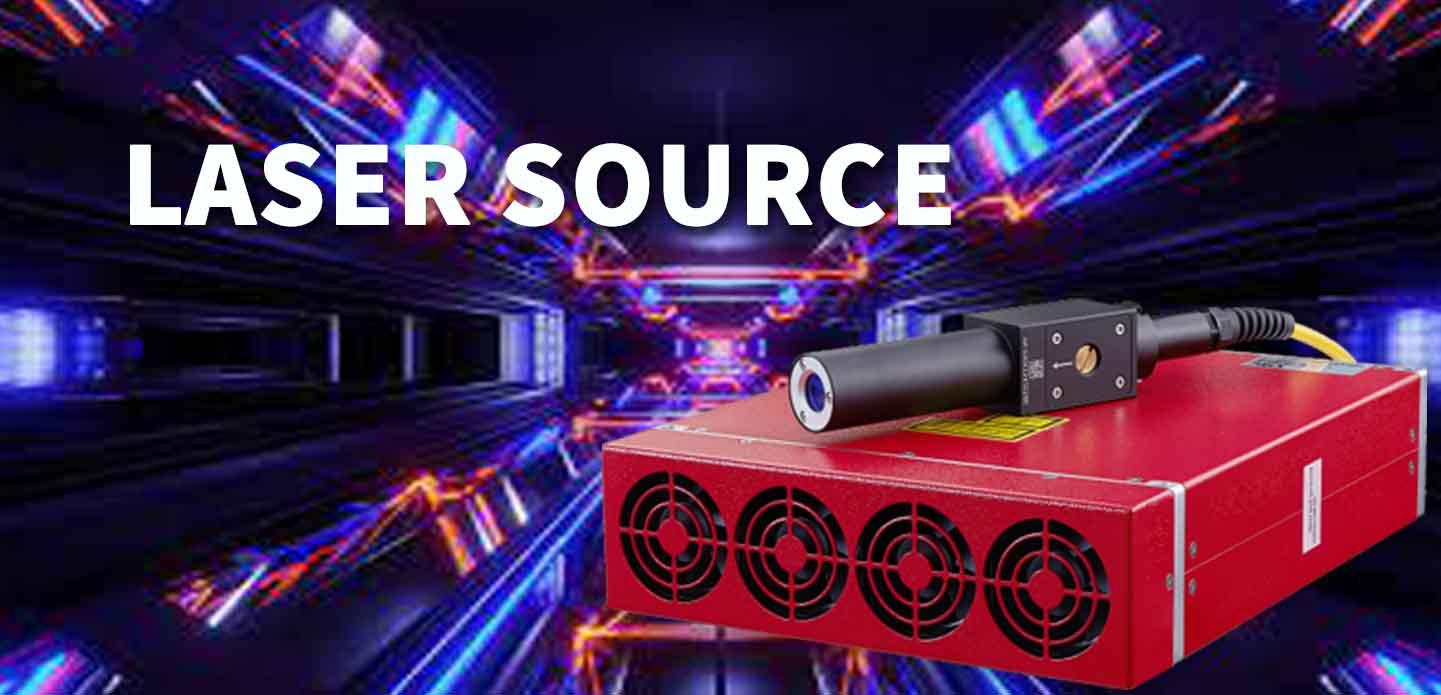Introduction
Laser technology plays a critical role in industries ranging from manufacturing to healthcare. Among the various types of lasers, pulsed lasers stand out due to their ability to produce high-intensity, short bursts of light. These lasers are employed in applications where precision and power are paramount. In this article, we will explore different types of pulsed laser systems—such as pulsed fiber lasers, femtosecond pulsed lasers, short pulsed lasers, and pulsed CO2 lasers—and discuss their functions, applications, and advantages.
Pulsed Fiber Lasers
Pulsed fiber lasers are an essential category of lasers used in numerous applications requiring high precision and high peak power. These lasers are typically solid-state lasers that use a fiber as the gain medium to generate the laser light. The pulse duration of these lasers can range from nanoseconds to picoseconds, depending on the system configuration.
- Key Features:
- High Peak Power: Pulsed fiber lasers generate intense bursts of energy within very short durations.
- Efficiency: Fiber lasers are known for their high efficiency and relatively low cost of operation.
- Compact Design: Due to the fiber-optic configuration, these lasers tend to be more compact than other types.
- Applications:
- Material Processing: Pulsed fiber lasers are widely used for cutting, welding, and marking metals, especially in the automotive and aerospace industries.
- Medical Applications: They are also used in medical devices, including laser surgery and dental treatments.
Femtosecond Pulsed Lasers
Femtosecond pulsed lasers are lasers that emit ultra-short pulses of light, with pulse durations on the order of femtoseconds (one quadrillionth of a second). These lasers have revolutionized fields requiring extreme precision, such as in material modification and spectroscopy.
- Key Features:
- Ultra-Short Pulses: With pulse durations in the femtosecond range, these lasers can deliver high-energy bursts without causing thermal damage to the surrounding material.
- High Precision: Their ability to finely tune energy deposition enables precision in processes like micro-machining and nanofabrication.
- Applications:
- Micro-Machining and Nanotechnology: Femtosecond pulsed lasers are ideal for tasks that require nanometer-scale precision, such as laser ablation and material cutting at the microscopic level.
- Spectroscopy: These lasers are used in advanced spectroscopy for studying molecular dynamics and chemical reactions at ultrafast timescales.
- Medical and Surgical Procedures: Femtosecond lasers are commonly used for eye surgeries, such as LASIK, where precision and minimal thermal damage are crucial.
Pulsed Laser Systems
Pulsed laser systems encompass a broad category of lasers that can operate in various pulse durations, from nanoseconds to picoseconds. These systems are designed for specific applications, where continuous-wave lasers are not ideal due to the need for high-energy bursts.
- Key Features:
- Versatility: Pulsed lasers can be customized for different pulse widths, repetition rates, and peak powers, making them versatile in various fields.
- High Power Density: The short bursts of energy allow for high power density at specific points, making them suitable for tasks requiring concentrated energy.
- Applications:
- Laser Engraving and Marking: Pulsed laser systems are widely used in engraving and marking applications where precision is needed without damaging the material.
- Soldering and Welding: In manufacturing, pulsed lasers are used for precise welding and soldering, especially in the electronics and automotive sectors.
Short Pulsed Lasers
Short pulsed lasers are lasers that produce pulses with durations ranging from femtoseconds to nanoseconds. These lasers are typically employed in applications where precision is crucial, but the pulse duration is longer than that of femtosecond lasers.
- Key Features:
- Wide Range of Pulse Durations: Short pulsed lasers offer flexibility in choosing pulse durations, which can be critical for certain applications.
- Higher Average Power: Compared to femtosecond lasers, short pulsed lasers tend to offer higher average power, making them suitable for larger-scale operations.
- Applications:
- Laser Cutting and Drilling: Short pulsed lasers are used for cutting and drilling in materials such as metals, plastics, and ceramics, where fine details are necessary.
- Surface Treatment: These lasers are also used for surface cleaning, texturing, and coating applications, particularly in electronics manufacturing.
Pulsed CO2 Lasers
Pulsed CO2 lasers are a specific type of pulsed laser that uses carbon dioxide as the gain medium. These lasers are capable of producing high-power pulses, making them ideal for applications involving organic materials, plastics, and thicker metal sheets.
- Key Features:
- Longer Wavelength: CO2 lasers typically emit light at a wavelength of 10.6 micrometers, which is well absorbed by organic materials, making them highly effective for certain applications.
- High Power Output: Pulsed CO2 lasers can deliver high-power pulses, allowing them to cut through thicker materials compared to other lasers.
- Applications:
- Cutting and Engraving: Pulsed CO2 lasers are commonly used in industries such as textiles, wood, and plastics, where precision cutting and engraving are necessary.
- Medical Applications: These lasers are used in medical treatments such as skin resurfacing and the removal of tumors or lesions, due to their ability to cut or ablate tissue with minimal damage to surrounding areas.
Conclusion
Pulsed laser technology has had a transformative effect across various industries, from manufacturing and material processing to healthcare and scientific research. Each type of pulsed laser—whether pulsed fiber, femtosecond, short pulsed, or CO2—offers distinct advantages that make it ideal for specific applications. By understanding the unique properties of these lasers, industries can leverage the precision, power, and efficiency they provide to achieve higher performance and better outcomes in their respective fields.






